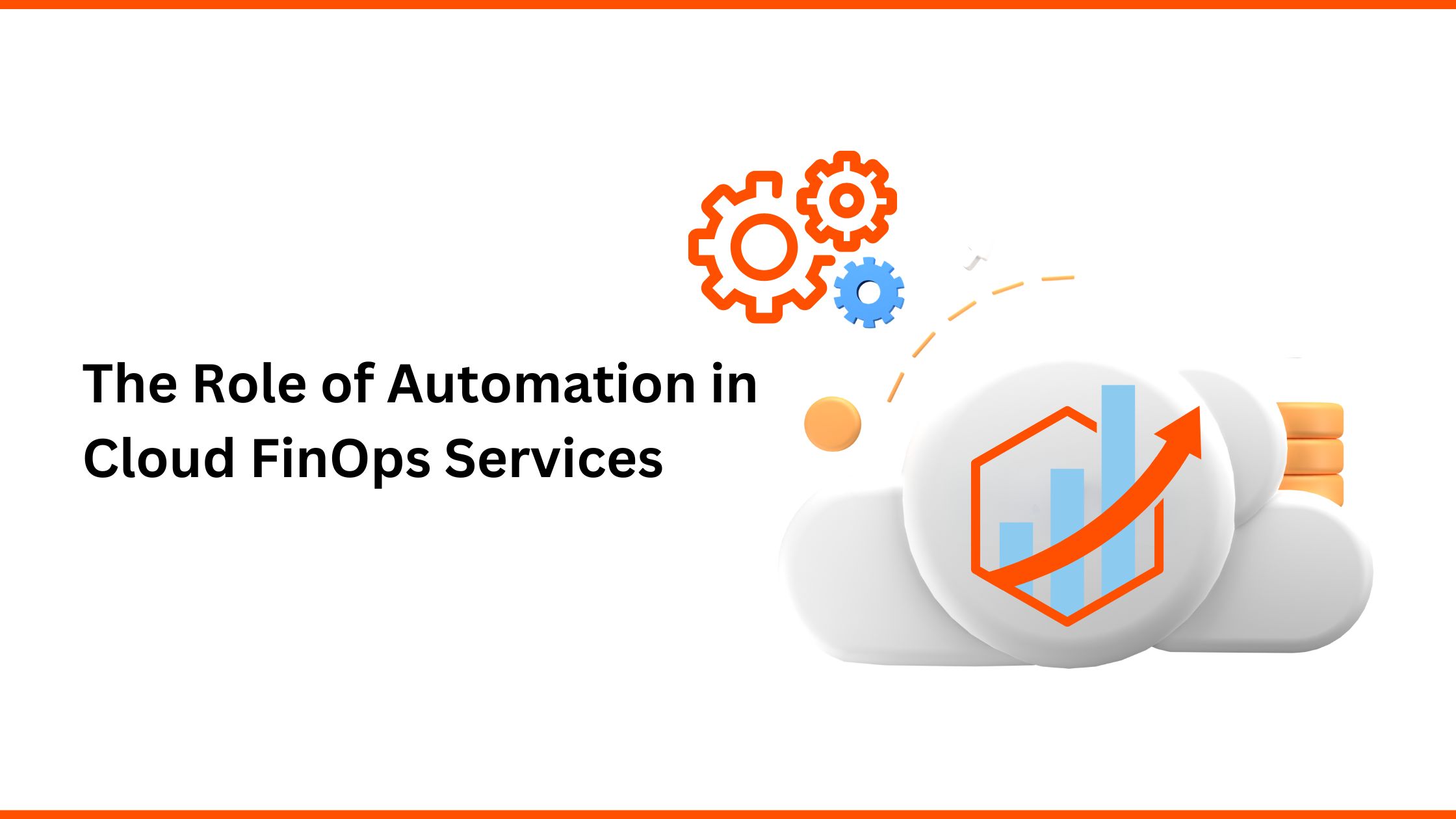Key Considerations for Effective Database Modernization

Strong 8k brings an ultra-HD IPTV experience to your living room and your pocket.
In today’s digital era, businesses rely on data more than ever before. With growing volumes of information, the need for modern, scalable, and efficient database systems has become crucial. Database modernization is no longer just an option—it’s a necessity for companies seeking agility, performance, and long-term competitiveness.
But what does database modernization entail, and how can you ensure it’s done right? Let’s explore some key considerations you should keep in mind before starting your database modernization journey.
1. Assess Your Current Database Infrastructure
Before diving into the modernization process, it's critical to perform a comprehensive assessment of your existing database infrastructure. Ask yourself:
- How well is the current system performing?
- Are there bottlenecks or inefficiencies?
- What are the scalability limitations?
This analysis will help identify areas for improvement and define your goals for modernization. Understanding your current environment also provides a baseline for measuring success post-modernization.
2. Define Clear Modernization Goals
It's essential to establish clear goals before beginning any modernization effort. Are you looking to enhance performance, improve security, or reduce operational costs? Each company’s needs will vary, but having well-defined objectives will help guide your decision-making throughout the process.
Some common goals include:
- Increased Scalability: Enabling the system to handle larger data volumes efficiently.
- Improved Performance: Enhancing the speed and reliability of database operations.
- Enhanced Security: Strengthening data protection to meet regulatory and compliance standards.
By aligning your modernization goals with your broader business objectives, you ensure the project delivers value across the board.
3. Choose the Right Database Modernization Strategy
There are several approaches to database modernization, and the right one depends on your current infrastructure and business requirements. Popular strategies include:
Rehosting: Moving your database to a new infrastructure with minimal changes.
Re-platforming: Migrating the database to a modern platform while making some improvements.
Refactoring: Redesigning and rebuilding parts of the database for optimal performance.
Each approach has its own benefits and challenges, so it's important to select a strategy that fits your technical capabilities and future business needs.
4. Consider Cloud-Based Database Solutions
One of the most significant advancements in database modernization is the adoption of cloud technologies. Cloud-based database services, such as Amazon RDS, Microsoft Azure SQL Database, or Google Cloud Spanner, offer unparalleled scalability, flexibility, and cost-efficiency.
Key benefits of cloud databases include:
- On-Demand Scalability: Scale your infrastructure seamlessly as your data grows.
- Cost Efficiency: Pay for what you use, reducing the need for expensive on-premises hardware.
- Global Accessibility: Access your database from anywhere, supporting remote and distributed teams.
By leveraging cloud-based solutions, you can future-proof your database and ensure it’s capable of meeting both current and future demands.
5. Focus on Data Security and Compliance
Security should always be a top priority during database modernization. When migrating data to a new platform—especially if it's a cloud-based solution—ensure you maintain strict data protection measures.
To safeguard your data, focus on:
- Encryption: Encrypt sensitive data both at rest and in transit.
- Access Control: Implement robust access controls and identity management solutions.
- Compliance: Ensure that your database meets industry regulations, such as GDPR, HIPAA, or PCI-DSS.
Modern database modernization services often include built-in security features that can help streamline compliance and protect your data throughout the transition.
6. Plan for Minimal Downtime
Database modernization can be complex, and any downtime could significantly impact your business operations. To mitigate this risk:
- Use a Phased Approach: Migrate your database in stages rather than all at once to minimize disruptions.
- Test Thoroughly: Ensure everything works as expected by testing in a controlled environment before the final migration.
- Backup Regularly: Maintain up-to-date backups to prevent data loss during the migration process.
By planning meticulously, you can reduce the risk of unexpected downtime and ensure a smooth transition.
7. Optimize Post-Modernization Performance
The work doesn’t end once your modernization efforts are complete. Post-modernization optimization is key to unlocking the full benefits of your new system. Focus on:
- Regular Monitoring: Keep track of performance metrics and identify areas for improvement.
- Automated Backups: Set up automated backup routines to ensure data is always protected.
- Tuning and Optimization: Regularly tune the database to improve efficiency and address any performance bottlenecks.
This ongoing optimization ensures your database continues to perform optimally long after modernization is complete.
Conclusion
Effective database modernization requires careful planning, clear goals, and the right strategy. By considering factors like infrastructure assessment, cloud-based solutions, and data security, you can ensure a smooth and successful migration.
Investing in database modernization services not only enhances performance and scalability but also positions your business for future growth and innovation.
Note: IndiBlogHub features both user-submitted and editorial content. We do not verify third-party contributions. Read our Disclaimer and Privacy Policyfor details.







